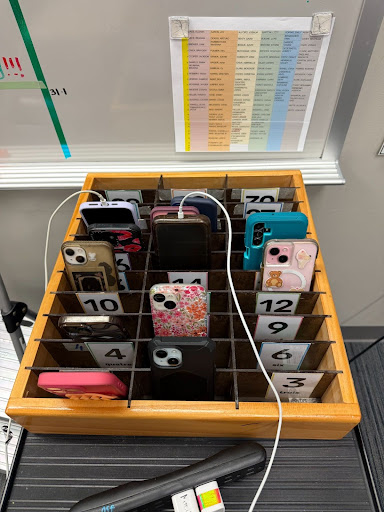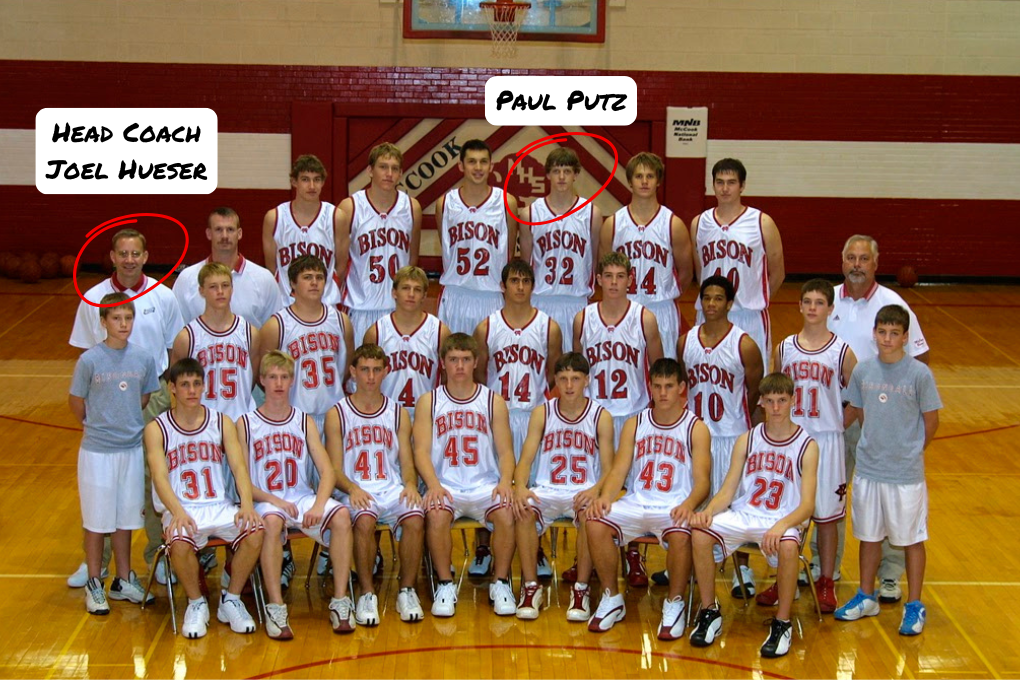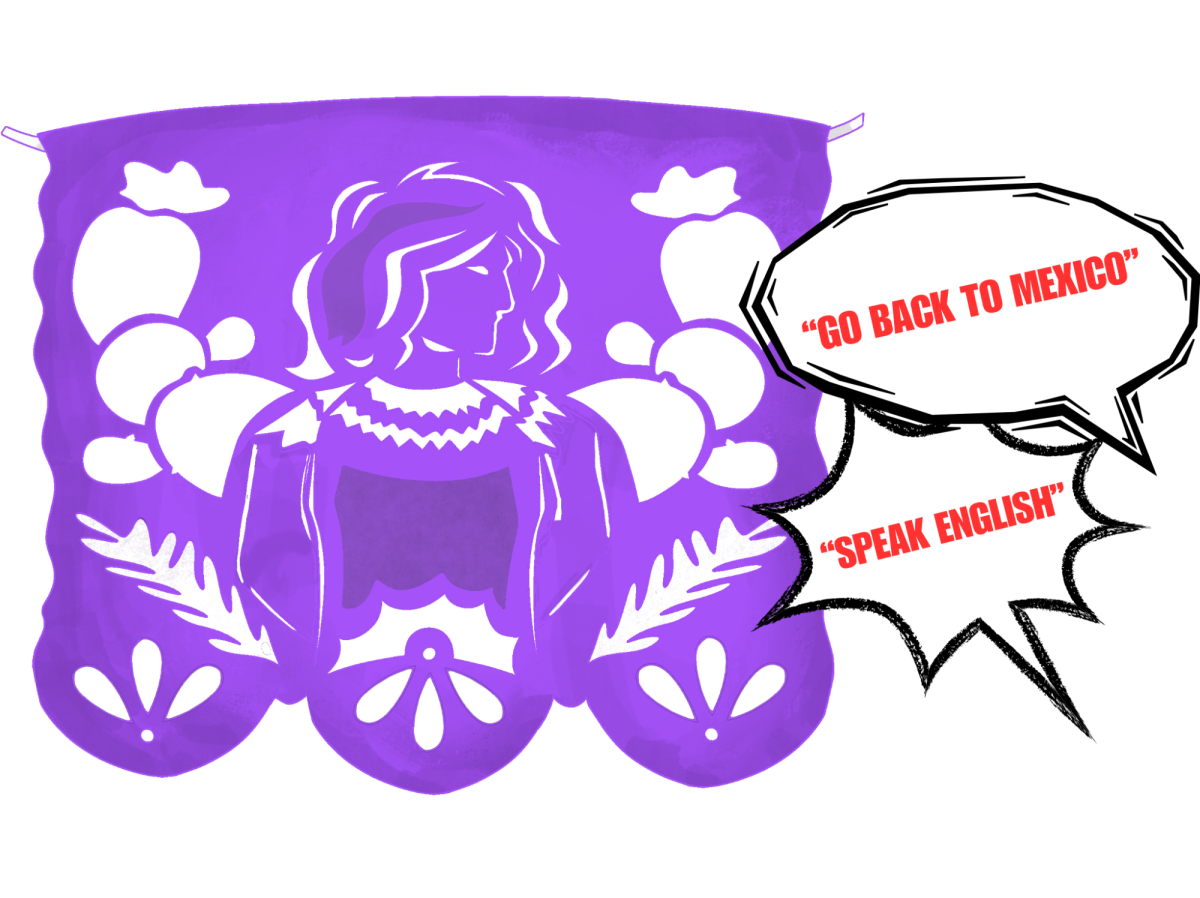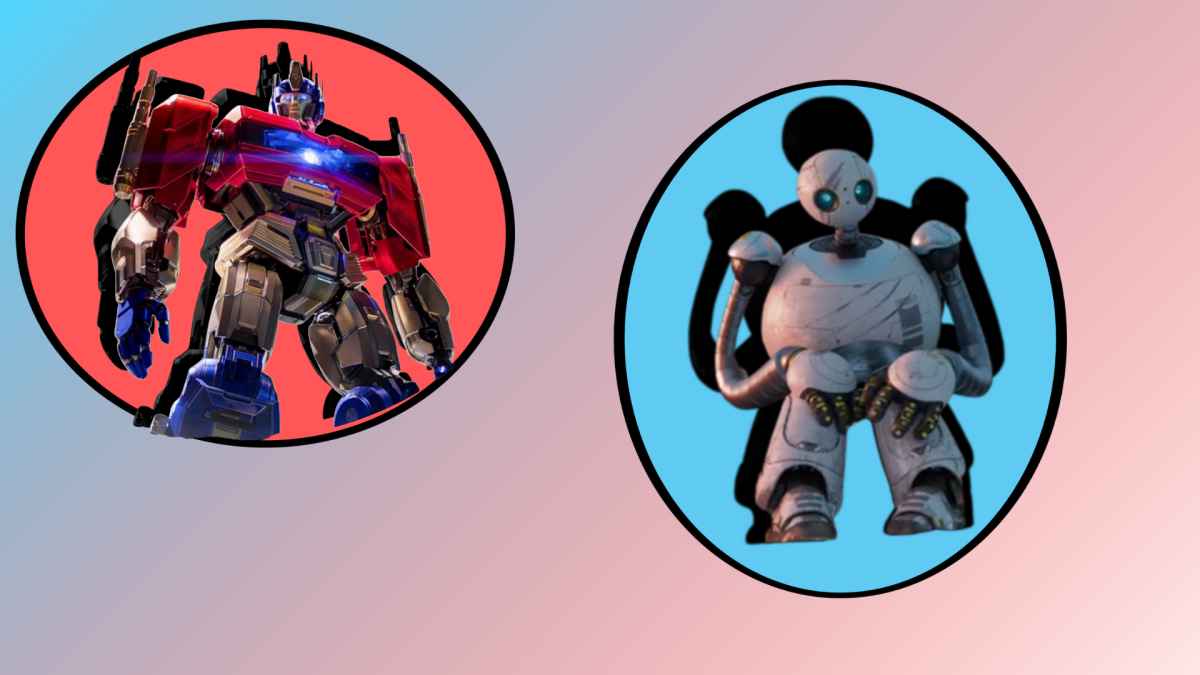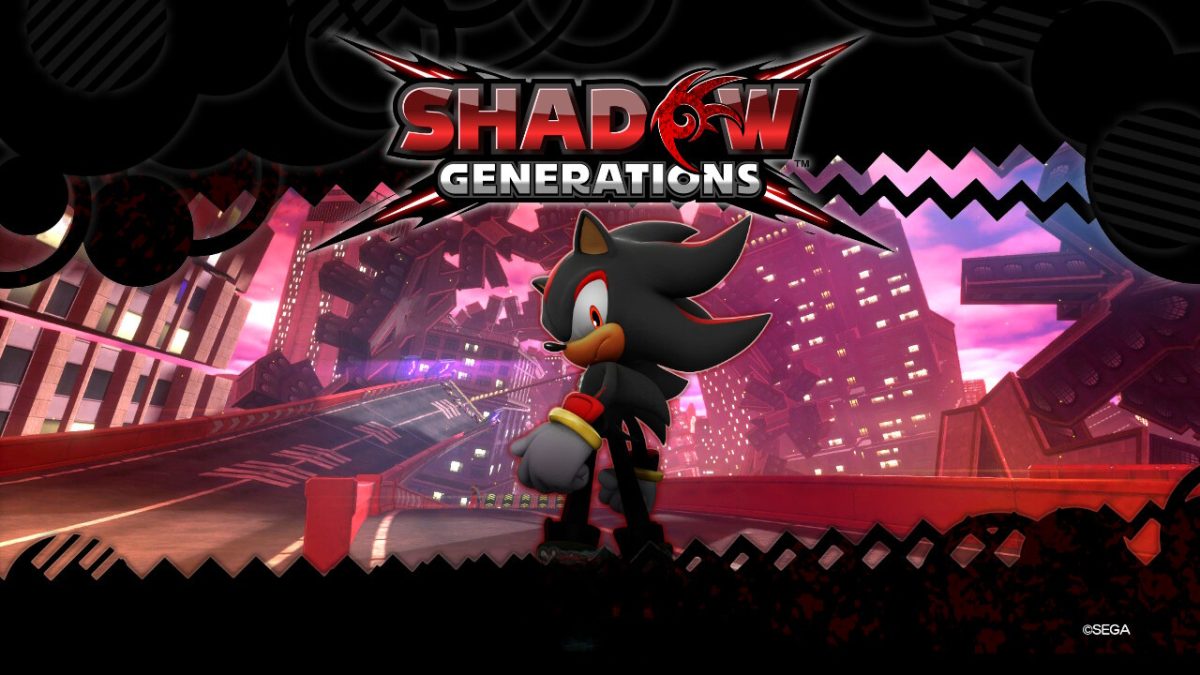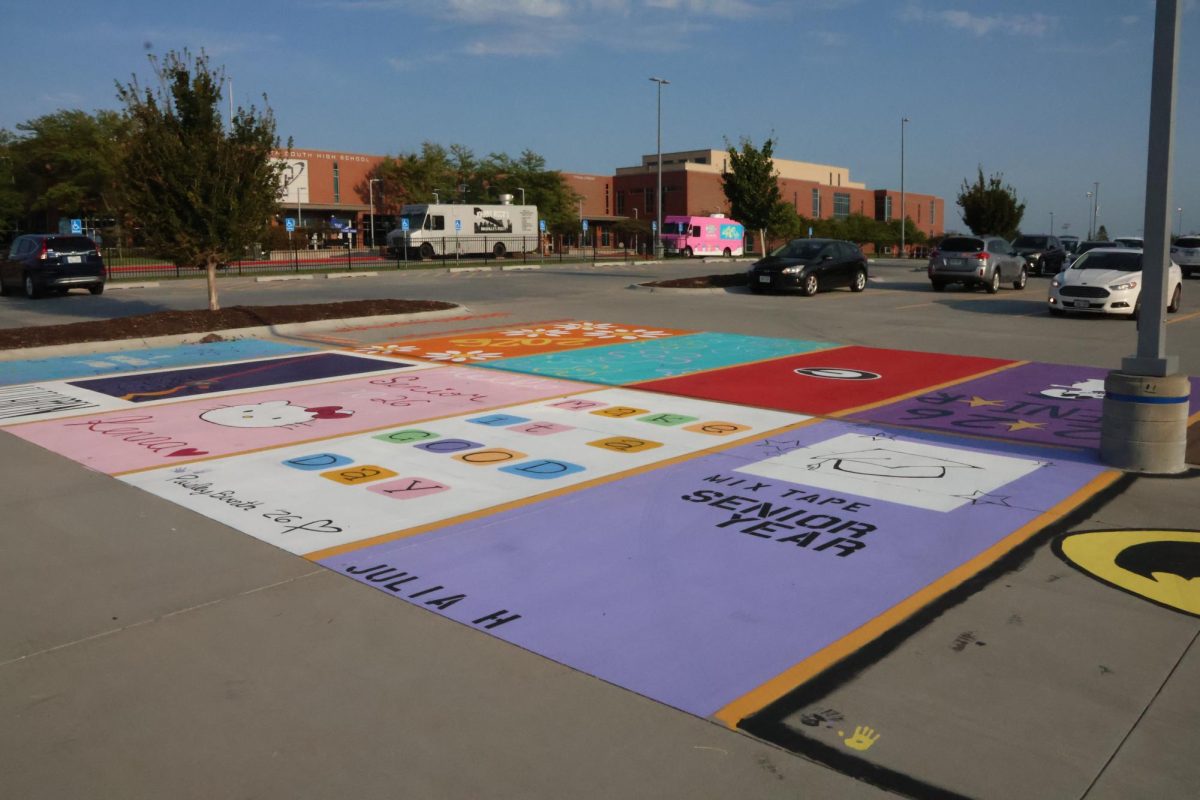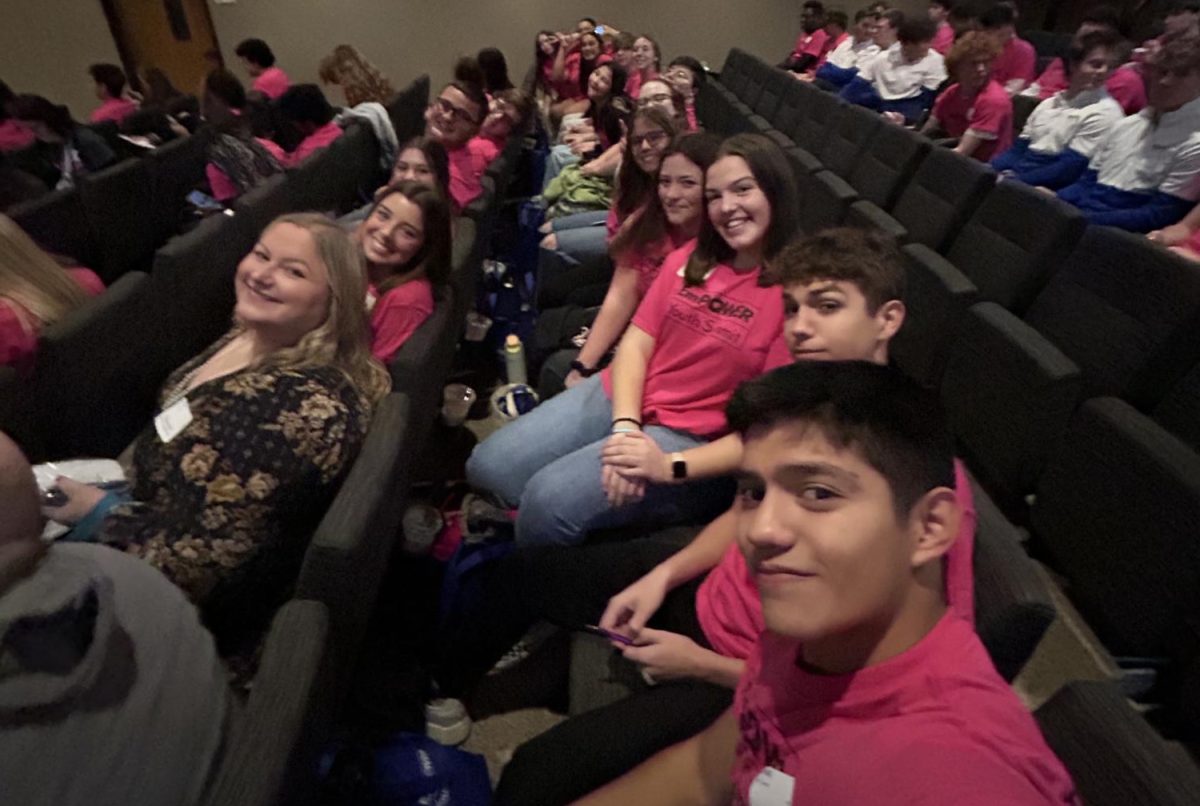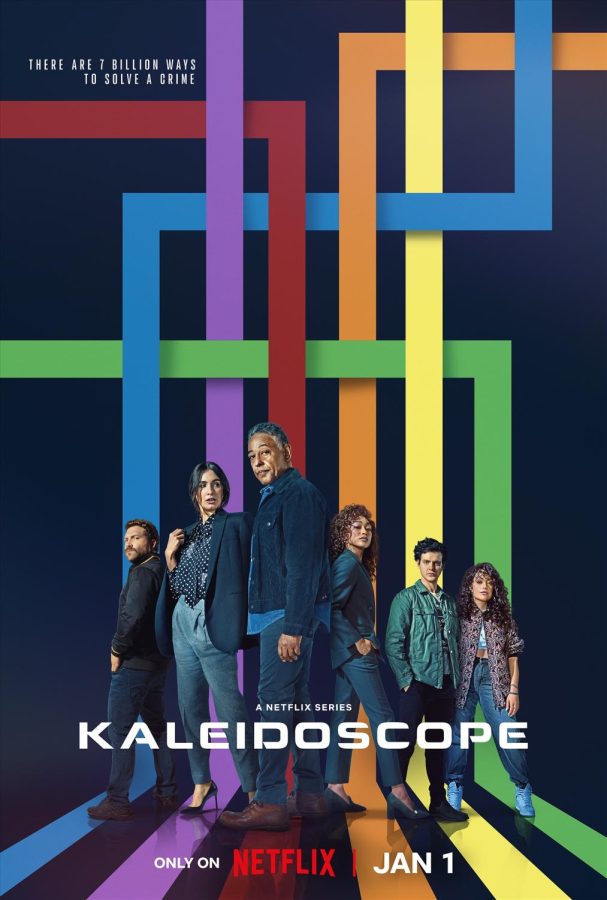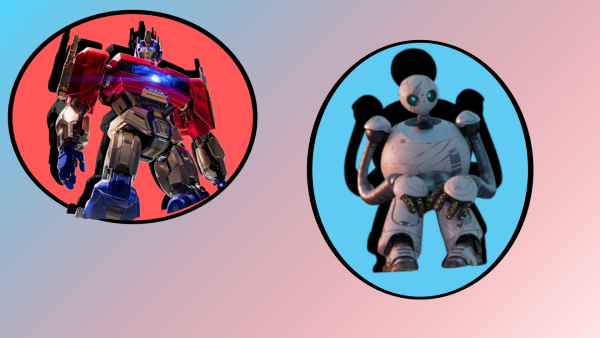Disarranged Netflix show twists plot
Netflix kicked off the new year with its brand new heist show, “Kaleidoscope,” an eight-episode miniseries, which allows the viewer to watch in any order that culminates with the season finale. The show was met with mixed final impressions and questions while it made history with its unique approach. When I initially heard about this new show, I was immediately interested in how this would work. When given 5,040 possible ways to watch a show, it’s easy to be intrigued. Although the difficulties seem obvious for pulling off a show that would make sense to viewers in any order while also maintaining a put-together storyline, “Kaleidoscope” often succeeded at making it work and reaching its whole purpose.
Created by Eric Garcia, “Kaleidoscope” tells the story of a group of people trying to pull off a heist, with each episode portraying a different point in time leading up to the heist and even after. Each episode is a different piece of the puzzle, and no matter the order Netflix randomizes for you, each piece should make sense to understand how everything comes full circle.
The story follows main character Leo in an act of revenge against a man who wronged him in the past and plans to steal $7 billion from the vault of his multibillion-dollar corporate security firm, SLS. Each episode in time shows different characters’ either pivotal or non pivotal roles in pulling off this heist, which may be where it gets confusing in terms of the characters
As I believe most other viewers’ experience was, I initially was very confused. I’m more used to watching shows with a set sequential order, so when my first episode was the “Green” episode, which is set seven years before the heist, it was hard to understand. You’re thrown into this story with no introduction or knowledge of the characters or storyline, so it’s all information you gather as each episode goes on.
The episodes are as follows: :Green (7 Years Before the Heist),” “Yellow (6 Weeks Before the Heist),” “Blue (5 days Before the Heist),” “Violet (24 Hours Before the Heist),” “Orange (3 Weeks Before the Heist),” “Red (The Morning After the Heist),” “Pink (6 Months After the Heist),” and “White (The Heist).”
Seeing the episodes and how each one has a defined time period helps viewers decide how to order them for their viewing experience. Some viewers might have decided to do it in sequential order; others, like me, might’ve let it be. The order of the episodes above is the order I was given, and no matter the order you choose to watch it in, it’ll all make sense in the end.
Each episode is set during a crucial time in history leading up to the heist, and they all bring their own piece to the puzzle. So, it’s important to pay attention, as details you watched in the second episode might’ve not made sense at first, but they will come back around once you get to the sixth episode, for example.
One reason a lot of people watch TV shows is for the recurring characters, and a series like this makes that hard. The jumping between time doesn’t really show or allow for clear arcs, but it shows the characters in different ways between their younger and older selves, so you have to infer their development.
At times, “Kaleidoscope” falls short of its goal of creating a show that would make sense to watch out of order, because sometimes instead of it making any sense, it would genuinely feel like you’re watching a TV show out of order.
The plot itself is extremely interesting, and I probably would’ve been more hooked if I initially chose to watch it in order, but I wanted instead to experiment with Netflix’s randomized order I was given.
Overall, the concept itself is fascinating, as I don’t believe there’s been any show created as this was before. It of course has twists, drama, and enough action for a show of this nature, but it fails to allow sustained connection to the characters or the plot. Unless you choose to watch it in sequential order by year, then sometimes you’ll find yourself being lost about who these characters are and why they’re doing what they’re doing, which can make it hard to keep watching this mixed up “Kaleidoscope.”
Your donation will support the student journalists of Papillion-La Vista South High School. Your contribution will allow us to purchase equipment and cover our annual website hosting costs.

Hi everyone! I'm Makayla and this is my third year on staff. I'm excited for my third year to write about subjects that matter to me and that even matter...



